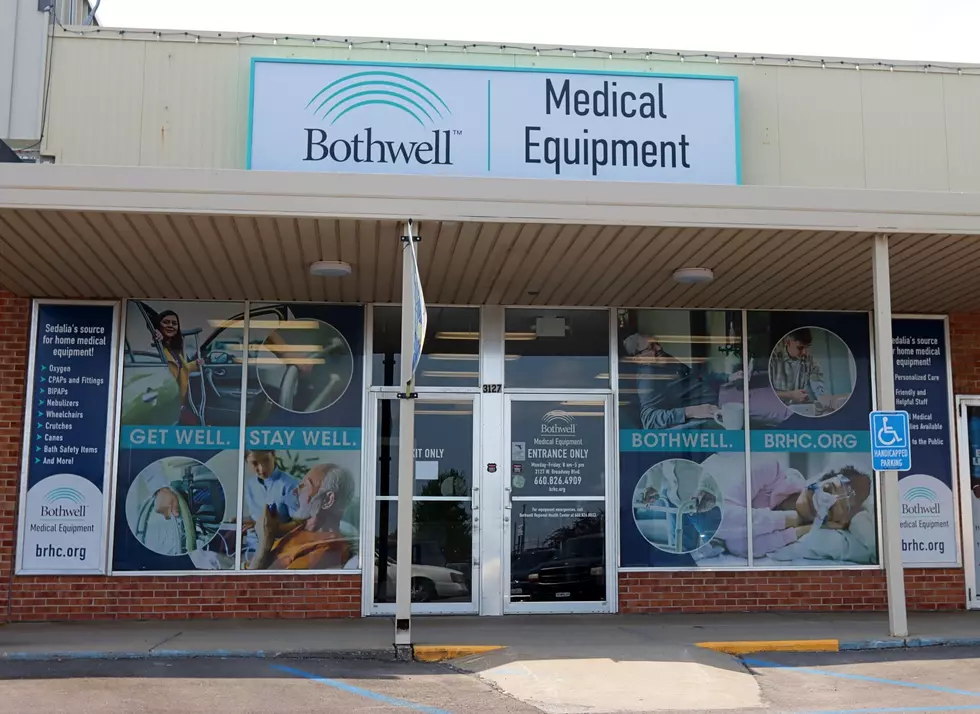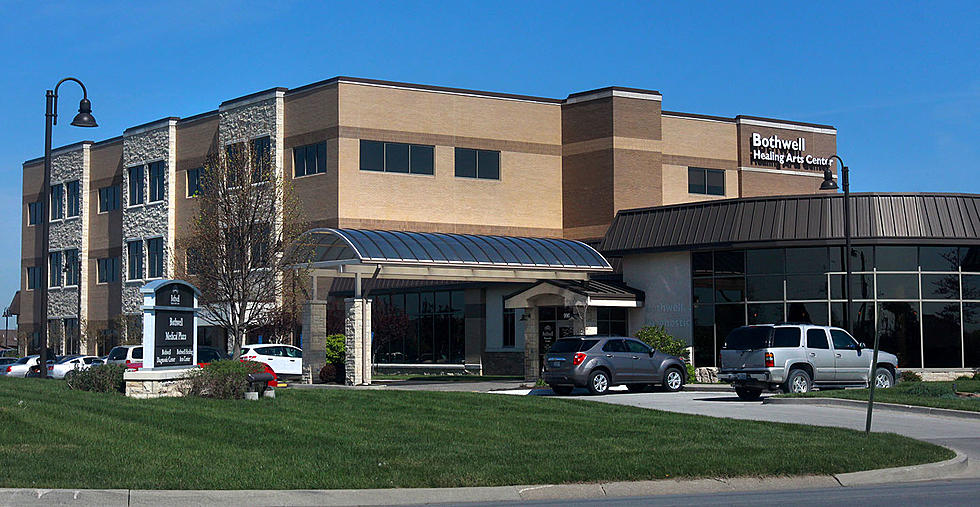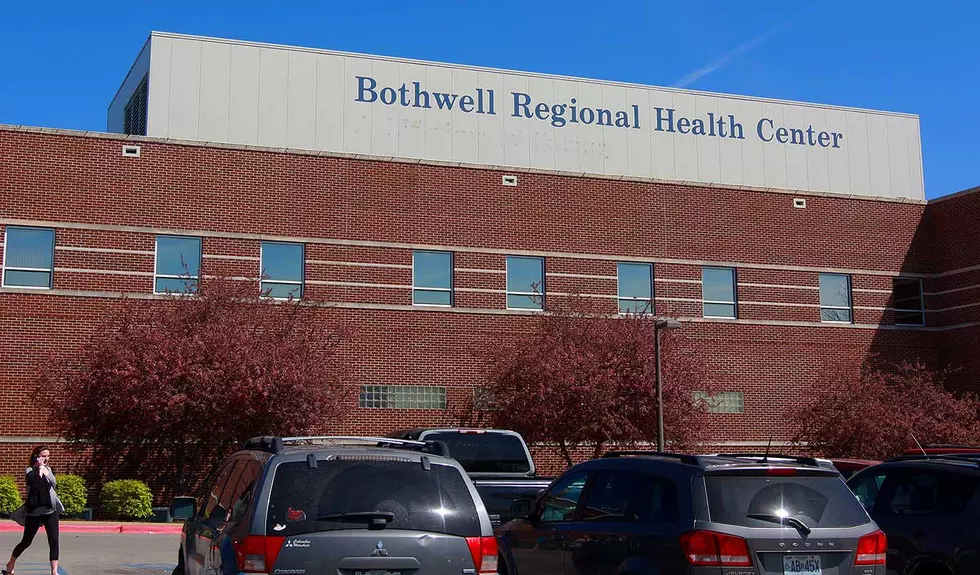
Pettis County Ends COVID-19 Task Force and Associated Nixle Report
The Pettis County COVID-19 Task Force provided their last briefing on Monday, October 3, 2022, and its FINAL NIXLE report was pushed out to those who have been receiving them on their phone or email. It's just one more sign that we're living with COVID-19, and that somehow we've all come through this together.
I haven't seen a lot of information coming out of the Pettis County COVID-19 Task Force for a while. Don't get me wrong, I'm not saying they were lollygagging or not doing what their task force was designed to do. It just didn't seem like there was a lot of information that was worth passing on. It seemed to be a lot of information that was being reshared for the convenience of someone who maybe just started following the report.
If it's been a while since you read anything about COVID-19, here are some things from the report that you might find interesting. Or should you think you have COVID-19 you might want to check out:
The COVID-19 Count
The thing I always liked to check was the weekly COVID-19 numbers. How many folks got tested, and how it had changed from the week prior? You can still get these numbers from the CDC site here. As well as from the Missouri Department of Health and Senior Services here. The CDC site is updated primarily on Thursday, and the Missouri site on Friday.
In case you're wondering there were 62 new cases reported last week, and 76 the week prior according to the task force.
Omicron Is The Type We're Dealing With in Pettis County
The latest sewer shed information shows that Omicron accounts for 100% of the COVID-19 variant in Pettis County as of October 3, 2022. The largest variant of that is the BA 5 variant, which has been reported to be highly contagious.
While that sounds scary, the good news is Pettis County is in the green or low-risk category when it comes to people getting COVID-19 and spreading it around. It's recommended people keep up with vaccinations and if you experience symptoms, get tested and put a mask on.
Latest Guidance from the CDC If You Have A Positive Test
If you test positive you should stay home 5 days from the day after the test date. Then wear a mask for five more days if you have no symptoms or significantly improved symptoms. If you know the date symptoms began, the count begins the next day.
If you're still ill or have a fever after five days, stay home until symptoms get better, then wear a mask for ten days. If you're exposed to a positive case, wear a mask for ten days, and get tested after five days. If you develop symptoms stay home and get tested.
Vaccine Boosters
For those who have chosen to be vaccinated, the new bi-valent boosters are available. In order to get the bi-valent boosters, you need to have completed the primary series (first two shots) and it has been at least two months since your last vaccine (primary or booster.) The Pettis County Health Center also has this year's flu vaccine and that may be gotten at the same time as the COVID-19 booster.
Pettis County Health Center has regular walk-in clinics on Tuesdays from 9:00 AM - 5:15 PM CDT.
Bothwell Regional Health and Katy Trail Community Health Updates
Bothwell Regional Health has relaxed its mask policy and is now encouraging patients and visitors to wear masks, yet they are not required. Those with COVID-19, the flu, a fever, or another respiratory illness will still be asked to wear a mask. People visiting patients who are actively ill with the coronavirus, the flu, or other respiratory illnesses will be asked to wear personal protective equipment like makes, gowns, and goggles. Future COVID-19 updates from Bothwell can be found here.
Katy Trail Community Health continues to provide vaccinations, including the new bi-valent boosters to anyone who needs one in their four-county service area, including Pettis, Saline, Benton, and Morgan counties. They're also offering free Paxlovid to patients who meet the criteria for this treatment. They also have free home COVID tests available. You can make an appointment and get more information here.
Answers to 25 common COVID-19 vaccine questions
LOOK: The most extreme temperatures in the history of every state
More From AM 1050 KSIS










